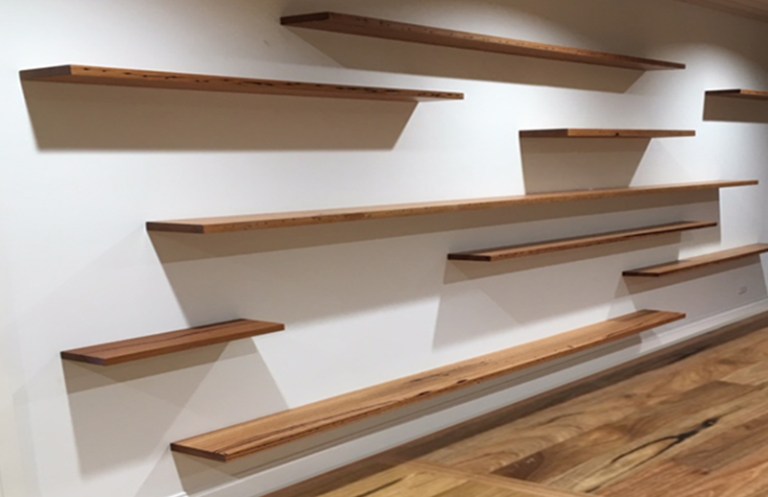Building DIY a shelf for books, tools or objects can be a simple job to start doing craft projects. However, to obtain the desired result it will be necessary to pay attention to some factors.
The weight that it will have to bear is an important project datum. Supporting a heavy encyclopedia rather than a jar with a flower will totally change the shape of the shelf.
Weight will affect the thickness and type and number of wall mounts.

Choice of material
If you choose to use wood, which is cheap and simple to work, we can use solid wood boards or plywood or chipboard panels. We see advantages and disadvantages.
- Solid wood boards , a noble and long-lasting material to be enhanced, avoid painting with paintings that hide wood, simply use furniture wax, linseed oil, also excellent for pickled type finishes that bring highlight the grain of the wood. If you choose the fir the costs will be contained.
- Plywood panels , very rigid in proportion to their thickness thanks to the arrangement of the wood fibers. However, do not underestimate the thickness of the panel in case of heavy weights. Abound a little. Beware of poplar plywood, very soft wood, not suitable for shelves.
- Chipboard panels , they are very cheap and stable over time, they hold deformations quite well. Excellent in the case of lacquered coating. For wet environments, use phenolic panels.